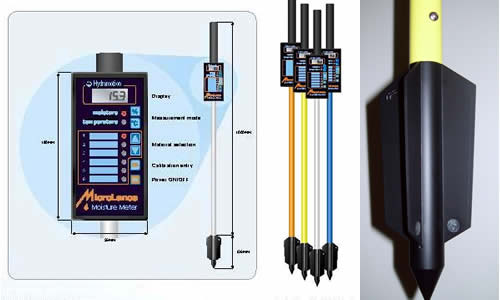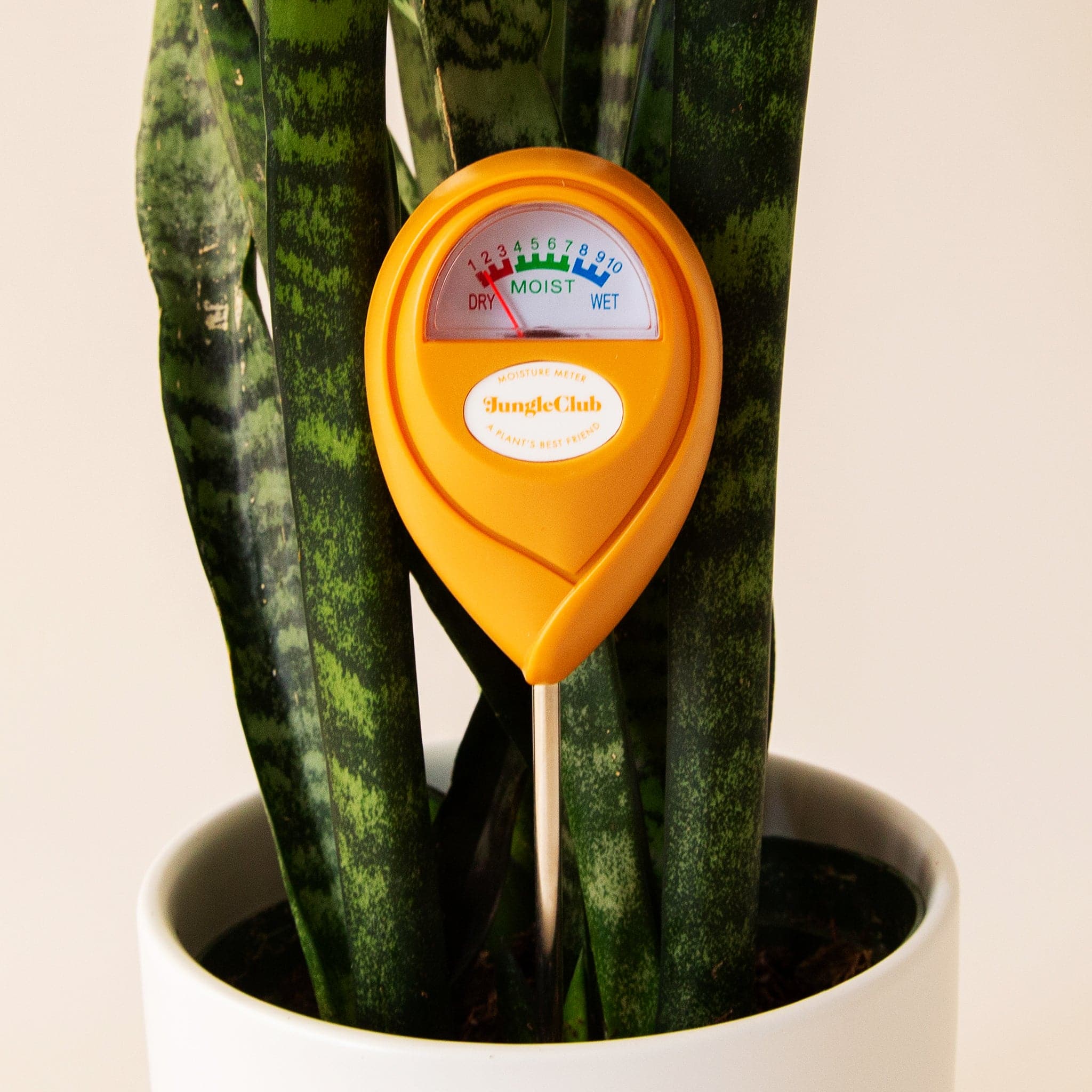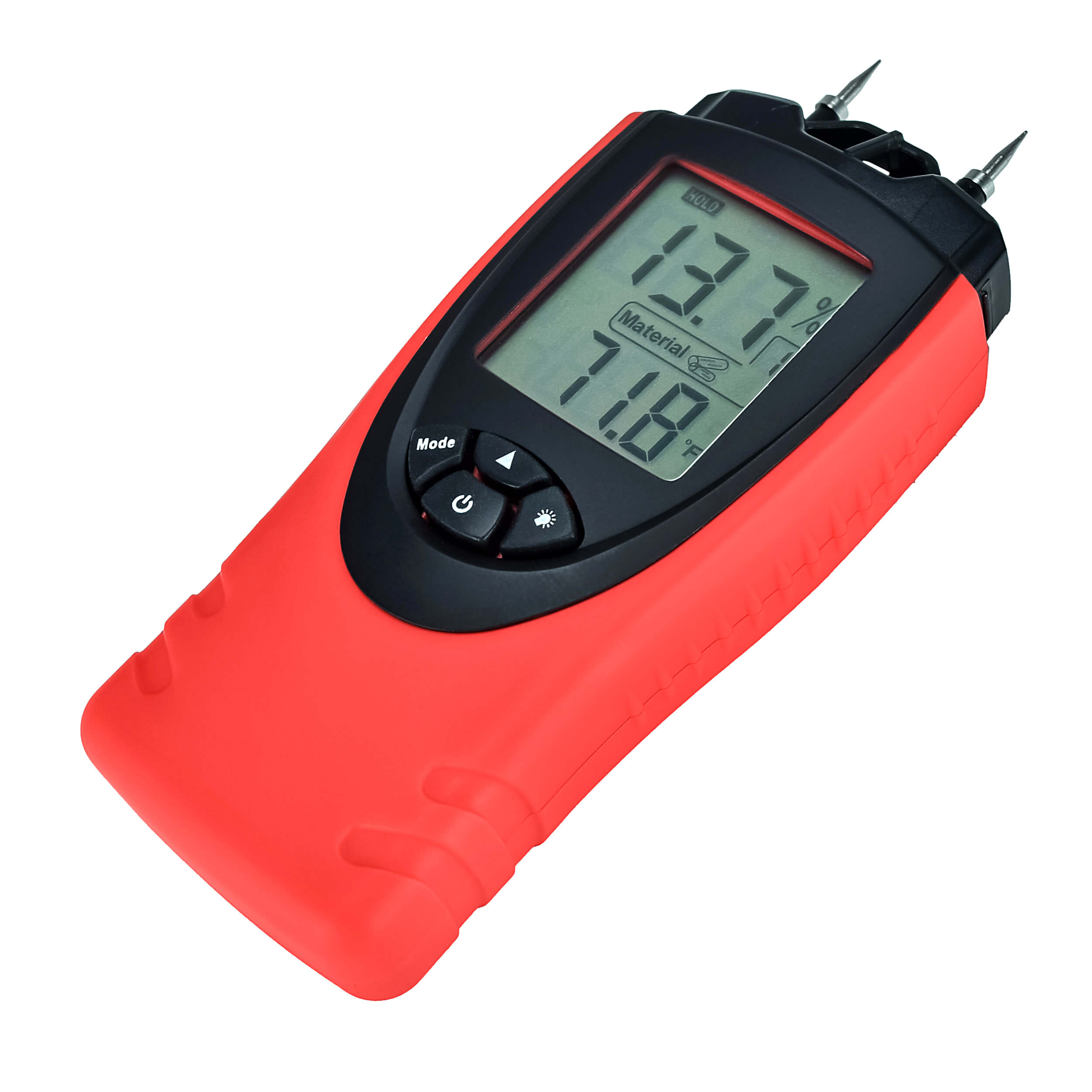Comprehending the Significance of a Moisture Meter in Protecting Against Mold and Water Damage in Your Home
In the world of home maintenance, the existence of moisture can often be a quiet yet formidable adversary, capable of creating pervasive mold development and dangerous water damage if left untreated. Amidst the peaceful setting of a house, concealed dampness issues can brew beneath the surface, positioning a threat to both residential or commercial property and health and wellness. However, furnished with the right devices and understanding, house owners can proactively combat these possible risks. Recognizing the importance of a wetness meter in this battle is not just a choice yet a critical need.
Relevance of Moisture Detection
Effective wetness detection techniques are essential for guarding residential or commercial properties and preventing possible mold development and water damages. Dampness can seep into various structure products, causing architectural problems and health threats. By utilizing a dampness meter, property proprietors can proactively identify areas vulnerable to excess wetness, permitting for prompt treatment and mitigation strategies.
Moisture meters offer exact analyses of wetness degrees in different materials such as wood, concrete, and drywall. This data aids in identifying areas of concern, even in hard-to-reach or covert places. Early discovery of dampness build-up allows timely repair services or adjustments to stop further damage.

Just How Moisture Meters Work
Moisture meters play a critical function in the aggressive recognition of excess dampness, helping in the avoidance of possible mold and mildew growth and water damages by providing accurate readings of wetness degrees in different structure materials. These gadgets function based upon various concepts, depending on their type. Moisture Meter. Pin-type moisture meters, as an example, have 2 pins that permeate the material to gauge the electrical resistance between them. When dampness is existing, it improves the material's conductivity, leading to a lower resistance analysis. Pinless wetness meters, on the other hand, usage electromagnetic sensing units to check the material without causing damages. These sensors release electromagnetic signals that pass through the product and determine the dielectric buildings, showing moisture web content. Some advanced dampness meters pin both incorporate and pinless innovations for detailed wetness detection. Recognizing just how moisture meters feature is crucial for precise and timely wetness degree evaluations, allowing reliable safety nets versus mold and mildew and water damage.
Detecting Early Indication
Upon first examination of a building, identifying subtle indicators of excess wetness becomes essential in the early detection of potential mold and mildew growth and water damage. Water spots can signify leakages or seepage, while peeling off paint or wallpaper may be an outcome of moisture jeopardizing the bond of these products to the surface area. Furthermore, a rise in allergy signs and symptoms or respiratory concerns among residents may suggest the existence of mold and mildew due to excess dampness.
Stopping Mold Growth
Acknowledging very early indication of excess dampness within a building not just enables prompt detection of possible mold development and water damage yet additionally serves as a proactive measure in stopping the proliferation of mold and mildew. To successfully protect against mold development, it is crucial to address any kind of sources of dampness quickly. This can consist of fixing leaks in pipelines, home windows, or roofings, making certain proper ventilation in moist areas like kitchens and shower rooms, and making use of dehumidifiers in high-humidity rooms. Frequently checking and preserving the residential property's pipes, roof covering, and seamless gutters can also aid in protecting against water intrusion that can result in mold development.
In addition to resolving moisture sources, maintaining interior humidity degrees below 60% can substantially prevent mold growth. Appropriate air flow, appropriate insulation, and using a/c unit or fans can assist control indoor humidity degrees. Monitoring wetness levels in locations prone to moisture, such as cellars and creep rooms, making use of a moisture meter can likewise aid in early discovery of elevated dampness degrees and prospective mold and mildew development. By taking proactive steps to stop excess dampness and mold development, property owners can secure their home and interior air quality.
Benefits of Regular Monitoring
Regular surveillance of moisture degrees in a home can play an essential function in preserving a healthy indoor atmosphere and avoiding potential mold and water damage. By routinely inspecting wetness levels, house owners can identify look what i found any concerns promptly and take essential activities to prevent mold growth and water damage.
Moreover, routine tracking allows property owners to track patterns and patterns in dampness levels over time. Inevitably, the regular monitoring of moisture levels empowers house owners to safeguard their residential property, safeguard their wellness, and preserve the integrity of their indoor atmosphere.

Conclusion

By making use of a wetness meter, residential or commercial property owners can proactively determine locations prone to excess moisture, enabling for timely treatment and reduction methods.

Keeping track of dampness degrees in locations prone to dampness, such as basements and crawl spaces, making use of a wetness meter can also helpful hints assist in very early discovery check over here of elevated moisture degrees and possible mold growth. (Moisture Meter)